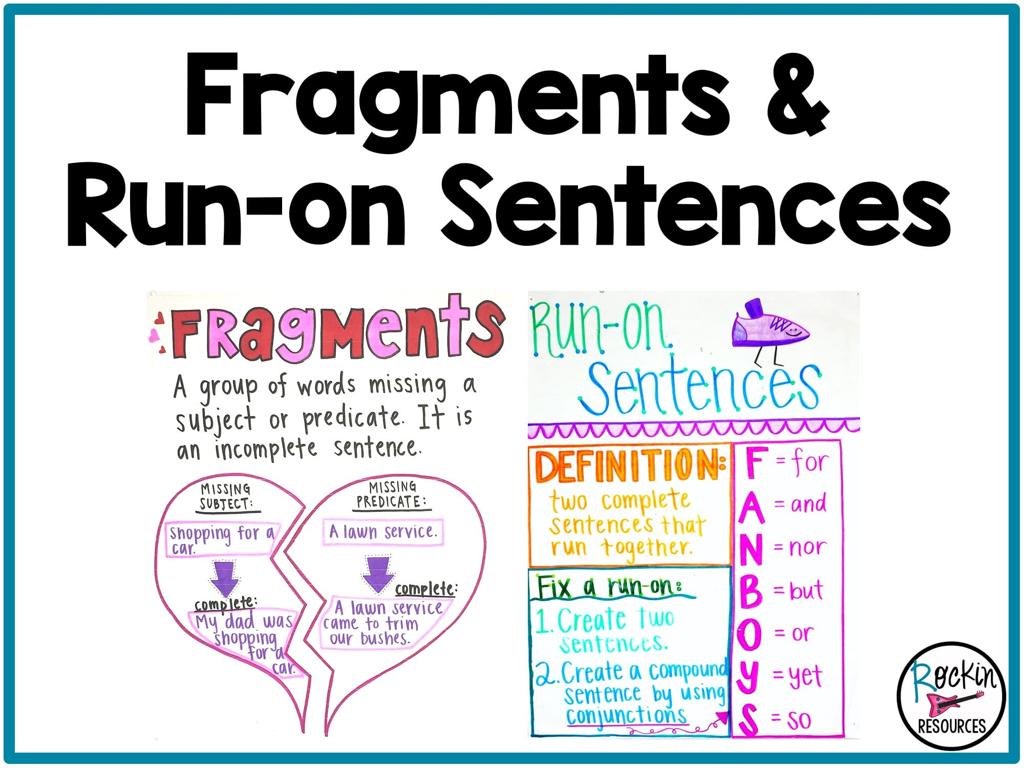Evaluate Multiple Design Solutions To Prevent Flooding
Subject: Science
Grade: Third grade
Topic: Engineering Practices
Please LOG IN to download the presentation. Access is available to registered users only.
View More Content
Engineering Adventures: Preventing Floods!
– Explore engineering practices
– Learn what a flood is
– A flood is when water covers land that’s usually dry
– Discover how to prevent flooding
– Barriers, drainage, and plants can help stop floods
– Brainstorm solutions together
– Think like engineers to create our own flood solutions
|
This slide introduces third-grade students to the concept of engineering with a focus on preventing floods. Begin by explaining what engineering practices involve: problem-solving, designing, and creating. Then, define a flood in simple terms and discuss its impact on communities. Highlight various flood prevention methods such as building levees, improving drainage systems, and planting vegetation to absorb water. Encourage students to think creatively and work together to come up with their own ideas for flood prevention, fostering a collaborative and problem-solving classroom environment.
What is Engineering?
– Engineering is puzzle solving
– Think of engineers as puzzle masters who solve problems.
– Engineers build helpful things
– Like making safer cars or faster computers!
– Designing solutions to problems
– They think of ways to fix issues like traffic or pollution.
– Preventing floods as engineers
– How can we stop water from flooding our streets?
|
This slide introduces the concept of engineering to third-grade students by comparing it to solving puzzles, which they can relate to and understand. It emphasizes that engineers are creators and problem-solvers who design things that make our daily lives better. Highlight examples of engineering in everyday life, such as cars, computers, and even the school building. Then, transition to the specific problem of flooding, asking students to think about how an engineer would approach this issue. Encourage them to consider the impact of flooding and brainstorm ideas on how to prevent it, setting the stage for discussing various design solutions.
Understanding Floods
– What exactly is a flood?
– A flood is when water covers land that’s usually dry.
– Reasons why floods occur
– Heavy rain, overflowing rivers, or broken dams can cause floods.
– Floods and their impact on us
– Floods can damage homes and the environment.
– Exploring flood prevention
|
This slide aims to introduce third-grade students to the concept of floods within the context of engineering practices. Begin by explaining what a flood is, using simple terms and examples, such as water covering the playground after a rainstorm. Discuss the common causes of floods, like heavy rainfall or snowmelt, and how human activities such as construction can also contribute. Highlight the effects of flooding on communities, such as damage to homes, schools, and habitats. Emphasize the importance of engineering solutions in preventing flood damage, setting the stage for further discussion on how we can design structures and systems to protect against floods.
Brainstorming Flood Prevention Designs
– What structures stop floods?
– Like dams, levees, or gates
– Consider barriers and sponges
– Materials that absorb water
– Think about different walls
– Sea walls, floodwalls, or sandbags
– Every idea is valuable!
|
This slide is meant to spark creativity among students as they brainstorm various engineering solutions to prevent flooding. Encourage them to think broadly about structures like dams and levees, as well as materials that can absorb water, such as sponges. Discuss the effectiveness of different types of walls, including sea walls, floodwalls, and temporary barriers like sandbags. Emphasize that in brainstorming, all ideas are welcome and valuable, as this fosters an inclusive environment where students feel comfortable sharing. The goal is to get them to think like engineers and understand that there are multiple ways to approach a problem. In the next class, we can discuss their ideas and how each might work in different situations.
Flood Prevention Engineering
– Levees: Big walls against water
– Levees are like tall guards that keep rivers from overflowing.
– Floodgates: Doors to stop floods
– Floodgates are like special doors that only close if the water gets too high.
– Absorbent materials: Soak up water
– Materials like sponges that can take in a lot of water to prevent it from spreading.
– Discussing effectiveness
|
This slide introduces students to various engineering solutions designed to prevent flooding. Levees act as barriers along riversides to prevent water from spilling into inhabited areas. Floodgates are installed in waterways and are closed when water levels rise to dangerous levels to protect the land behind them. Absorbent materials are used to quickly soak up excess water, helping to mitigate smaller scale flooding or as a temporary measure while other solutions are put in place. Encourage students to think about how these solutions can be effective and to discuss any other ideas they might have for preventing floods. This will help them understand the practical applications of engineering in real-world problem-solving.
Evaluating Flood Prevention Designs
– Assessing solution strength
– Will our design hold up against a lot of water?
– Ensuring protection for people
– Can our design keep homes and families safe?
– Checking environmental safety
– Is our design friendly to plants and animals?
– Making our final design choices
|
In this slide, we want to guide the students through the process of evaluating their flood prevention designs. Start by discussing the importance of a strong and durable design that can withstand heavy rainfall and rising water levels. Then, emphasize the need for the design to be effective in protecting people, their homes, and belongings. Next, address the environmental impact of the design, ensuring that it does not harm local wildlife or ecosystems. Finally, encourage the students to think critically about their design choices and how they can improve them. This evaluation is crucial in understanding the practicality and sustainability of their solutions.
Real-World Anti-Flooding Designs
– Explore real-life flood solutions
– Look at how cities like Amsterdam and Venice manage floods.
– Different places, different strategies
– Coastal towns may use sea walls, while riverside areas might use levees.
– Analyze successful design elements
– Successful designs often combine barriers, drainage, and natural landscapes.
– Discuss why some solutions work well
|
This slide aims to show students how the concepts they’ve learned about preventing floods are applied in the real world. Highlight how different geographic locations require unique solutions, such as the use of dams, levees, and floodgates. Discuss the effectiveness of these solutions by examining case studies of places that have implemented them successfully. Encourage students to think critically about why certain designs work well, considering factors like the local environment, climate, and community needs. This will help them understand the importance of tailored engineering solutions in solving real-world problems.
Class Activity: Build a Barrier!
– Become young engineers
– Create flood barriers using materials
– Use clay, sticks, paper to model a barrier
– Test barriers with water
– Does the barrier hold back the water?
– Discuss the results
|
In this hands-on activity, students will apply their understanding of engineering to design and build models of flood barriers. Provide a variety of materials such as clay, sticks, and paper for the students to use in constructing their barriers. Once the models are built, have the students test their barriers by simulating a flood with water. Observe if the barriers can hold back the water. After testing, lead a discussion with the class about which designs were most effective and why. This activity will help students understand the engineering process and the importance of designing effective solutions to real-world problems like flooding. Possible variations of the activity could include using different materials, building barriers of different sizes, or testing under different ‘flood’ conditions.
Flood Prevention: Design Review and Improvements
– Recap of flood prevention designs
– Insights from our class activity
– What worked and what didn’t? Share your thoughts!
– Ways to enhance our designs
– Think about materials, structure, and environment
– Continuous improvement mindset
|
As we conclude our lesson on flood prevention, let’s review the various design solutions we’ve explored, such as levees, floodwalls, and water pumps. Reflect on the class activity where students created their own flood prevention models. Encourage them to discuss their observations and what they’ve learned about the effectiveness of different designs. Prompt them to think critically about how they can improve their designs by considering factors like materials used, structural integrity, and environmental impact. Instill in them the importance of a continuous improvement mindset, emphasizing that engineering is about testing, learning, and iterating to find the best solutions.
Homework Challenge: Flood Prevention Design
– Draw a flood prevention system
– Consider materials for your design
– Think about strong materials like plastic, metal, or sandbags
– Explain how it prevents flooding
– Does it block, redirect, or absorb water? Share your ideas!
– Be creative and think like an engineer
|
This homework challenge encourages students to apply their understanding of engineering practices to a real-world problem: flood prevention. Students should be creative and think like young engineers, considering the effectiveness and practicality of their designs. Encourage them to think about various materials and their properties, such as durability and water resistance. They should also consider how their design would function to keep water away from homes and cities, whether by blocking, redirecting, or absorbing it. This activity will help them understand the engineering design process and the importance of evaluating multiple solutions to a problem. In the next class, students can present their designs and discuss the reasoning behind their choices, fostering a collaborative learning environment.





